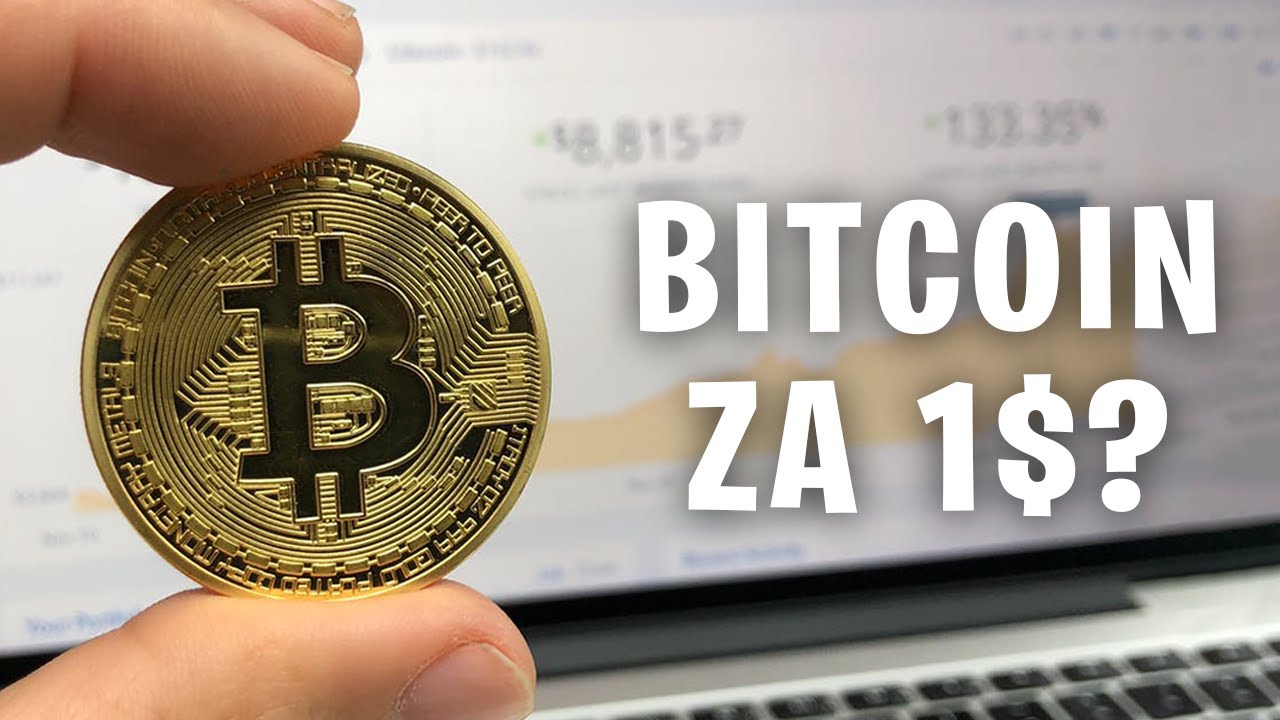
How to mine litecoin? The mining process of Litecoin is similar to that of Bitcoin since it is a fork of Bitcoin with a few tweaks and changes to its source code. As with Bitcoin, Litecoin is a decentralized cryptocurrency, whose digital ledger is maintained by a decentralized network of nodes instead of a single entity. Because of this, there is no central entity to distribute cryptocurrency across the globe. Decentralized distribution of coins has therefore been designed as well.
As opposed to a pre-mine, where all the Litecoin units were created in one go before the network went live, Litecoin units are issued and released by the protocol in a pre-programmed manner. The so-called miners are the recipients of the newly issued Litecoin units. Mining is done by these vital network participants, and they are rewarded with cryptocurrencies as a result. Mining is an analogy drawn from the process of extracting precious metals from the ground since they must also be mined at a high cost of labor and energy.
Litecoin miners incur costs and energy as well, but not because they dig into the ground in search of precious metals. Mining Litecoins uses the power of dedicated computers, which power processors to solve cryptographic puzzles at the expense of computing power. Whoever solves this puzzle first and thus outcompetes his competitors and adds a new block to the blockchain is rewarded with Litecoin in what’s called a block reward. The miners are rewarded handsomely for providing computational power to the Litecoin network and ensuring the security of peer-to-peer transactions.

Why Mine Litecoin?
Charlie Lee, a software engineer with Google, announced in October 2011 the creation of Litecoin, a clone of bitcoin with modifications to improve its scalability. Almost seven years later, the cryptocurrency has proven to have staying power that other early bitcoin alternatives lacked.
Litecoin’s price is around $200 as of November 2021, down more than 50% from its high of $360 in December of 2017 and again in May of 2021, but orders of magnitude higher than its sub-$4 level a few years ago. BitInfoCharts finds that average transaction fees for Bitcoin are much lower ($0.08) than those for Ethereum (around $3.00). Due to the fact that a new block is mined every 2.5 minutes – four times faster than bitcoin – Litecoin transactions are confirmed much faster. It is hard to argue that Litecoin has scaled to the extent that centralized payment systems have, but Lee’s claim that Litecoin is the “silver to Bitcoin’s gold” has some merit.

How Many Litecoin Units Are There to Mine?
Litecoin also has a fixed upper coin limit, similar to Bitcoin. According to Litecoin, there will only ever be 84 million Litecoins ever created. Around 67 million of these have already been created and are currently available on the open market. The remaining supply of 17 million units will be available for mining until 2142. Litecoin will not be issued by the protocol after that point because the supply limit will have been reached.
On average, 12.5 Litecoins are being awarded as block rewards every 2.5 minutes at the time of writing. Litecoins issuance will be cut in half about two years from now with the reward dropping to 6.25 Litecoins. Litecoin’s issuance will then be halved every four years going forward, ultimately bringing it down to zero.
How do I mine Litecoin?
The main ways to mine Litecoin are:
Solo mining
- Create a Litecoin wallet. Make sure you have set up a private wallet where you can store your LTC securely before you start mining.
- Choose your hardware. Examine your hardware options for mining Litecoin – for example, will you invest in an ASIC miner or build a rig with multiple GPUs? When organizing your setup, don’t forget about the cost of power and adequate ventilation.
- Installing software. If you’re mining with an ASIC, your hardware will likely come with mining software already installed. You’ll need to download and install free mining software if you’re mining with a graphics card, so be sure to research your options and only download from trusted sites.
- Start mining. It is as simple as following the instructions in your software package to start mining Litecoin. Make sure that you store any LTC you earn in a secure wallet and monitor the performance of your equipment and the price of Litecoin regularly to ensure that your mining remains profitable.
Pool mining
- Create a Litecoin wallet. Compare Litecoin wallets and select one that offers the features and security protections that are right for you.
- Choose your mining hardware. Depending on your needs, you can use an ASIC or a GPU mining rig to mine LTC.
- Install any necessary software. If you’re mining with a GPU, you’ll need to download and install Litecoin mining software from a trusted provider if your ASIC miner comes with pre-installed software.
- Choose a mining pool. We compare the rewards, fees, minimum payouts, and other features offered by several Litecoin mining pools. You may even want to sample a few pools before deciding on one for the long run. Some pools may require you to use recommended software.
- Start mining. Your LTC rewards should be moved to a private wallet as soon as possible. Make sure you recalculate the cost of mining regularly to ensure your operation is cost-effective.
Cloud mining
- Choose a cloud mining company. Find out what services are available and what benefits they offer by conducting research. Cloud mining scams are a very real risk, so be sure you’re dealing with a reputable provider.
- Select a mining package. Review the mining contracts offered by your chosen company. How much do they cost? How long do they run for? Which mining equipment will be used? Will there be a payout? Can the package be customized to meet your specific needs?
- Pick a mining pool. Following the purchase of a plan, you’ll usually have to select a mining pool. Before deciding, compare the available options and consider their fees, sizes, payout minimums, and more.
- Start mining. Litecoin can now be mined using cloud mining. Be sure to move any profits you receive into a secure Litecoin wallet where your private key is in your control.







